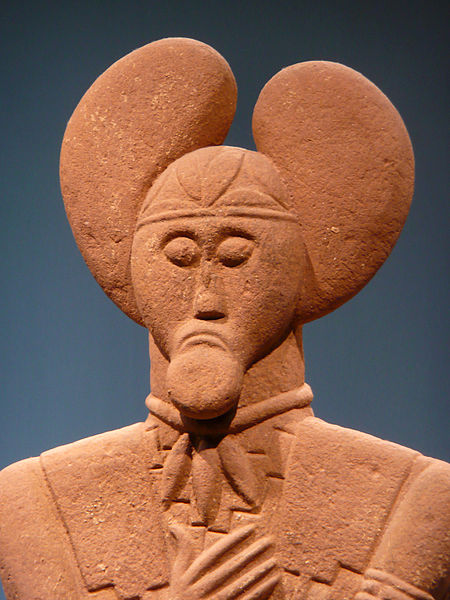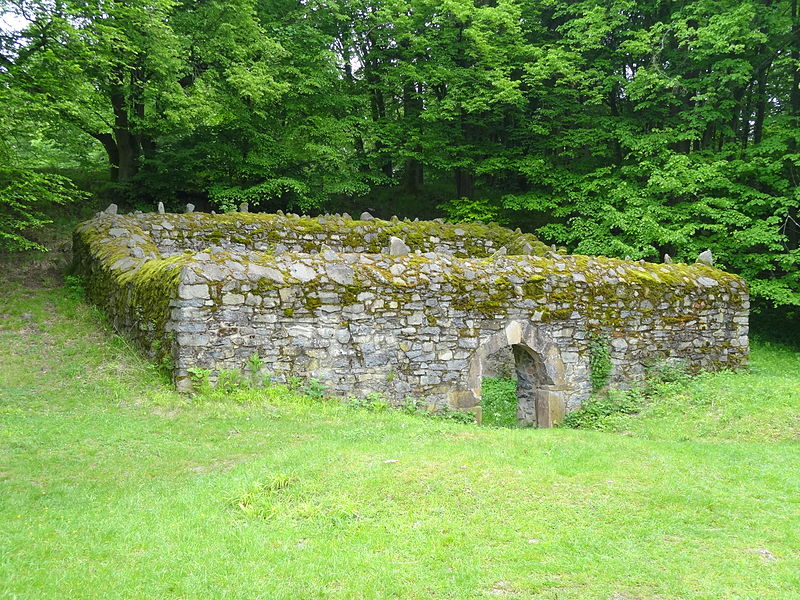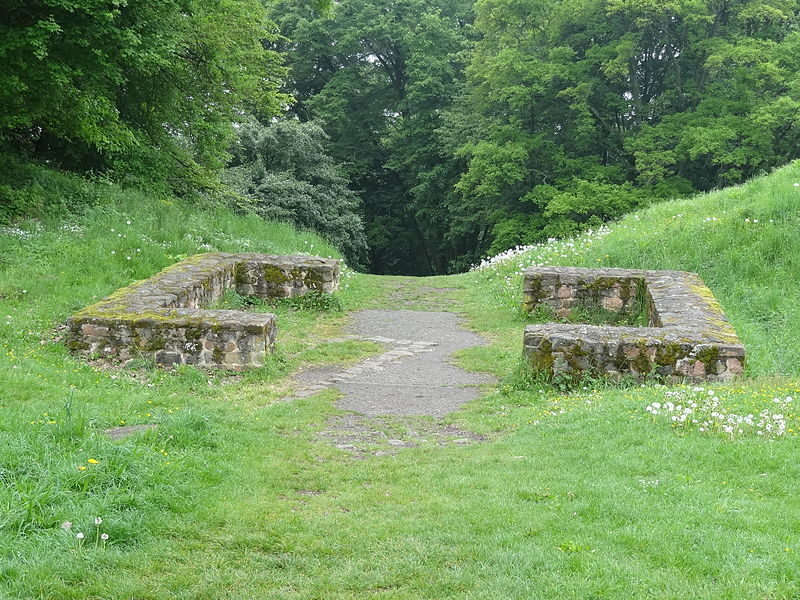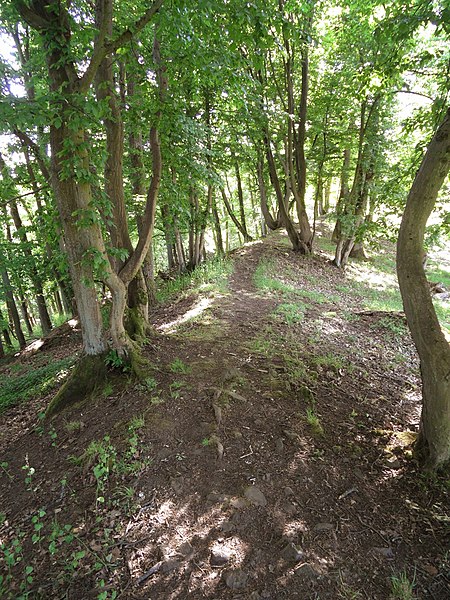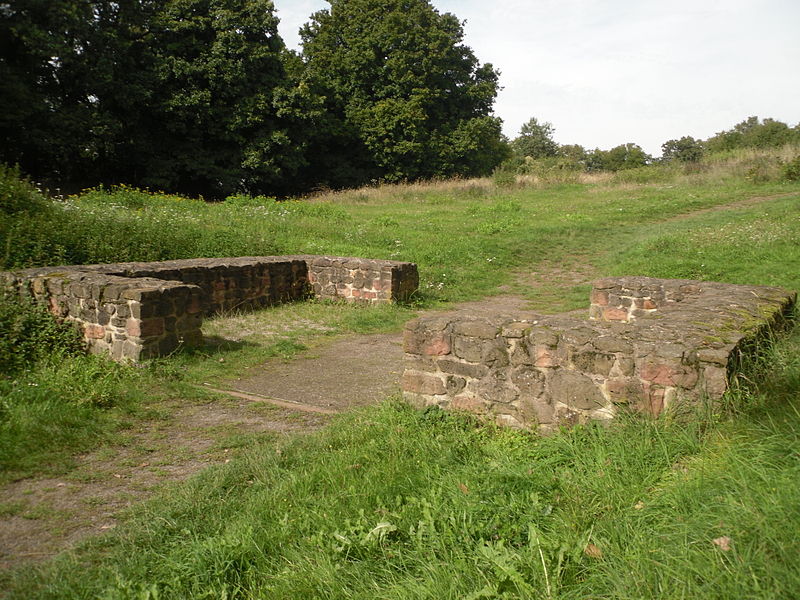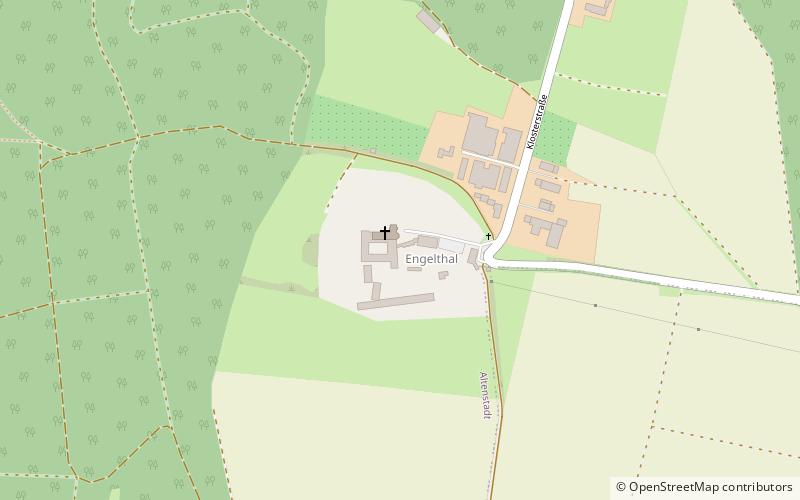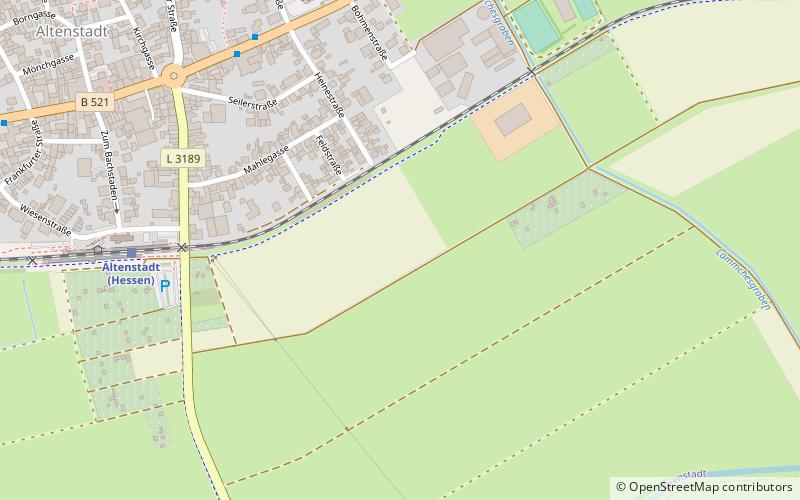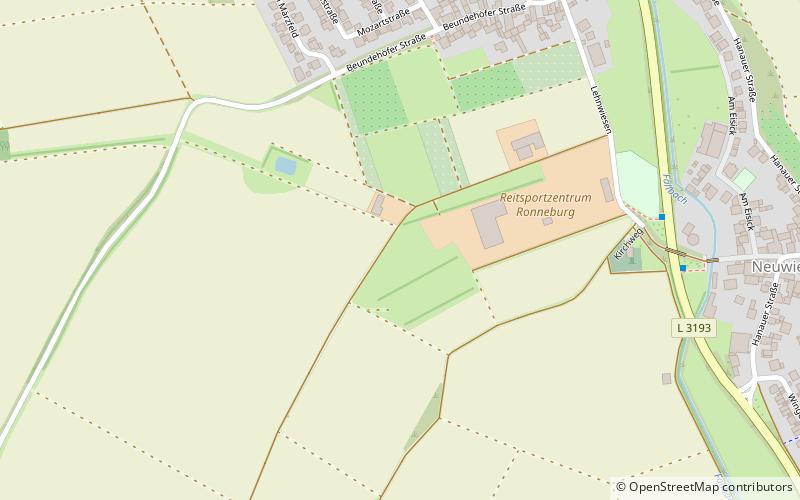Glauberg
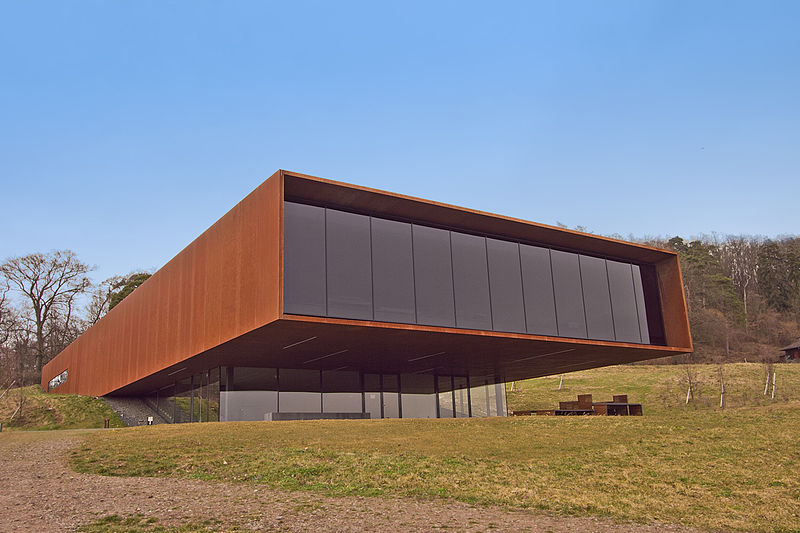
Facts and practical information
Nestled in the heart of Germany, Glauberg is a site that is steeped in history and cultural significance. This ancient locale is home to a remarkable archaeological discovery: the Glauberg Celtic oppidum and the iconic statue of a Celtic Prince, which dates back to around 500 BC. In honor of these findings, the Glauberg Museum was established, offering visitors a unique glimpse into the past.
The museum, a testament to the region's rich heritage, is not merely a repository of artifacts; it is a state-of-the-art facility designed to bring history to life. The exhibition space is meticulously curated, showcasing a range of objects from the Iron Age, including the famous life-sized sandstone statue of the Celtic warrior, adorned with a leaf crown, which is believed to represent a form of nobility or deity.
The Glauberg site is renowned for its archaeological significance, particularly due to the well-preserved graves, fortifications, and remnants of the Celtic settlement. These relics paint a vivid picture of the social structure, trade, and spiritual beliefs of the European Iron Age culture. The museum's interactive displays and educational programs further enhance the experience, allowing visitors to delve deeper into the world of the Celts.
One of the museum's highlights is its integration into the surrounding landscape. The Glauberg plateau offers panoramic views of the region and is an integral part of the historical narrative presented within the museum. The facility itself is architecturally striking, with a design that respects the sanctity of the site while providing a modern space for the exhibition.
Glauberg – popular in the area (distance from the attraction)
Nearby attractions include: Engelthal Abbey, Lindheim Castle, Witch Tower, Großes Bollwerk.
Frequently Asked Questions (FAQ)
When is Glauberg open?
- Monday closed
- Tuesday 10 am - 5 pm
- Wednesday 10 am - 5 pm
- Thursday 10 am - 5 pm
- Friday 10 am - 5 pm
- Saturday 10 am - 5 pm
- Sunday 10 am - 5 pm


